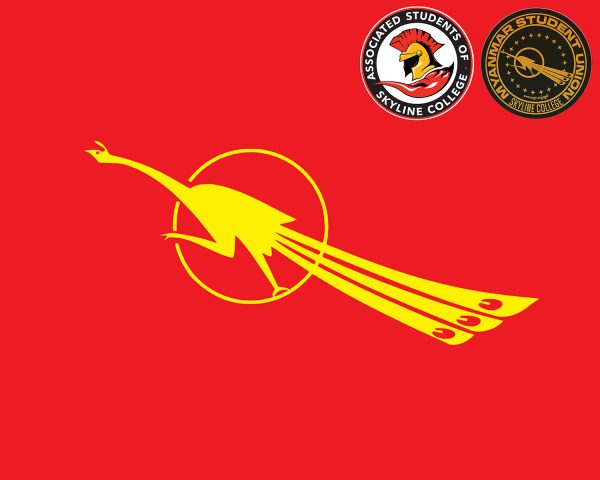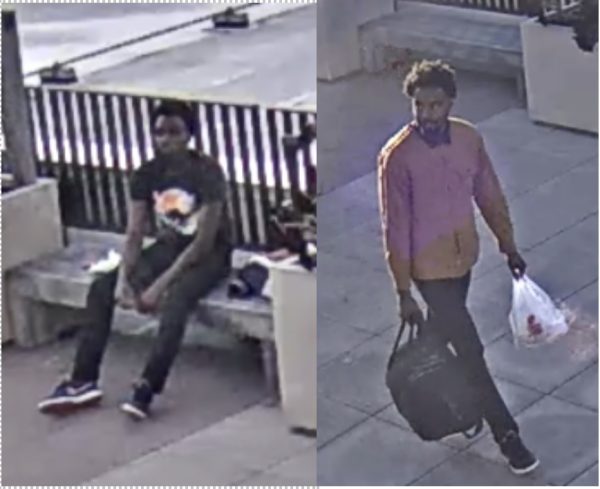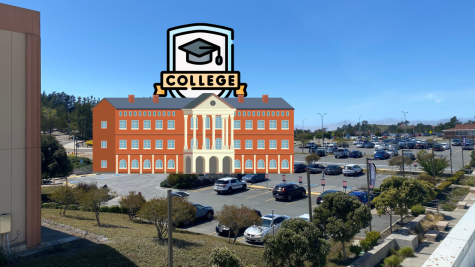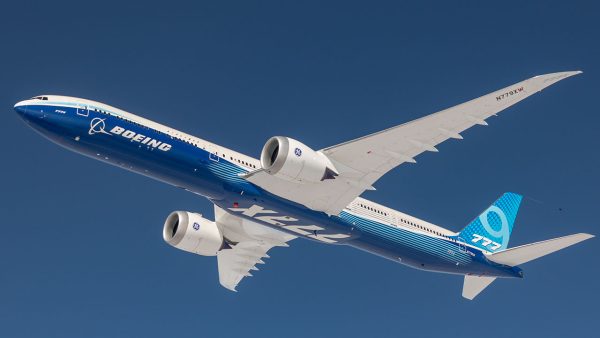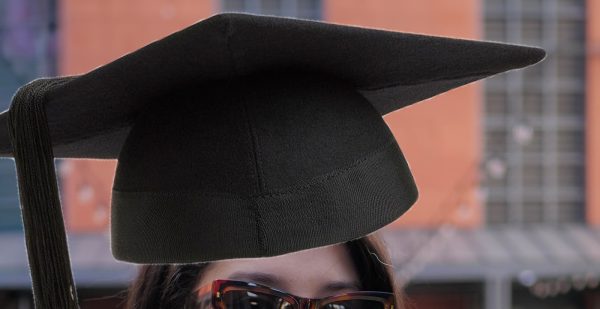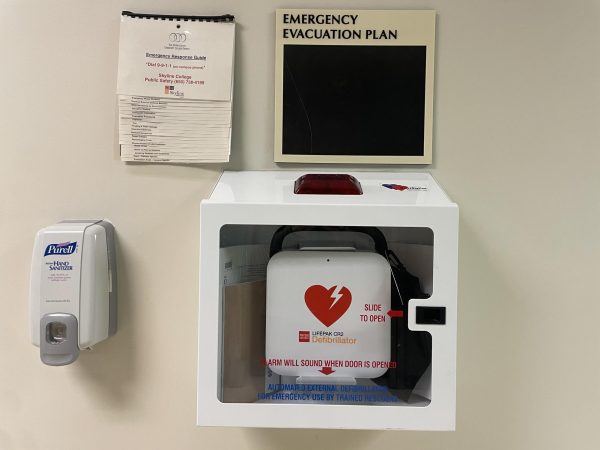3D printer in new media lab
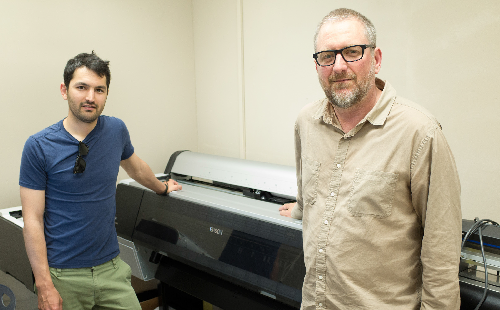
Photo courtesy of Paul Bridenbaugh
Professor Esfahani (left) in Professor Bridenbaugh’s (right) office standing in front of a large format digital printer that will be used in the new digital media lab on May 13, 2014. Both Professors will be in charge of operating the new lab.
A new lab will be unveiled in the fall at Skyline College where digital art students will have access to a 3D printer and a number of other technological tools for creating digital artwork.
In addition to the Art department’s new digital media lab, there will also be a new class offered in the fall semester called Art 431: Raster image design. Art 431 will be taught by Professor Amir Esfahani.
Construction of the new digital arts lab is currently scheduled to be built in building two by Fall 2014, students enrolled in Art 430: Intro to digital art and Art 431 will be able to utilize Wacom drawing pad tablets, large display computer monitors, a large format color printer and a 3D printer in the new lab space.
Students interested in taking digital art are encouraged to begin with Art 430, a class focused on teaching students the fundamentals of using computer programs and software to produce digital media. Art 431 is the follow up course to art 430, and will focus specifically on
Professor Paul Bridenbaugh and Professor Amir Esfahani will both teach art 430, and jointly operate the new digital media lab.
Esfahani will be in charge of Art 431 which will focus primarily on teaching students how to work with Photoshop to design graphic images also known as a raster image.
The digital arts department has held focus group meetings with various companies including the animation studio Pixar and video game developer Electronic Arts in order to find out which skills students should learn, so that they can continue pursuing digital arts after taking courses at Skyline.
“Based on our location in the Bay Area with all the high tech industries in our community we’d be training our students to work in those fields” Bridenbaugh said.
There has been an interest for a long time in developing a digital arts curriculum and faculty has said that they would like to see a real robust digital curriculum here at Skyline. Bridenbaugh has plans to expand the art department and have a wide variety of digital arts courses available to students while also working to ensure that the courses transfer to UC and CSU.
“Every year programs put in what their instructional equipment needs are and we try prioritize them, and when you have a new program that were trying to build up, that’s very high on the priority list.” Said dean of social sciences and creative arts, Donna Bestock. “We really wanted to gear up digital arts and we are really putting in all kinds of wonderful things, it’s going to be fabulous. It is part of our regular budgeting process and the digital arts department was an emphasis this year.”
As demand for classes grow, the art department plans on rolling out more digital media courses, but Art 430 will remain the introductory course where students can learn the fundamentals of Digital arts.
With access to the cutting edge technology in the new digital media lab, like a 3D printer, and a large scale digital printer students will have a whole new set of artistic possibilities available to them
“Being an art teacher it’s exciting to help students realize their (digital) artistic ideas into an actual physical object,” Bridenbaugh said.
Art 430 will be taught at two separate times to accommodate the schedules of all students. For students who aren’t able to be on campus in evenings, Bridenbaugh will teach the class in the early afternoon on Tuesdays and Thursdays. Esfahani will teach the class on Mondays and Wednesday evenings for students who can’t be on campus during the day.
Art 431 will meet Monday and Wednesday’s in the early afternoon.
Class sizes will be determined once the lab is built, but Bridenbaugh estimates the class can accommodate 30 students.



